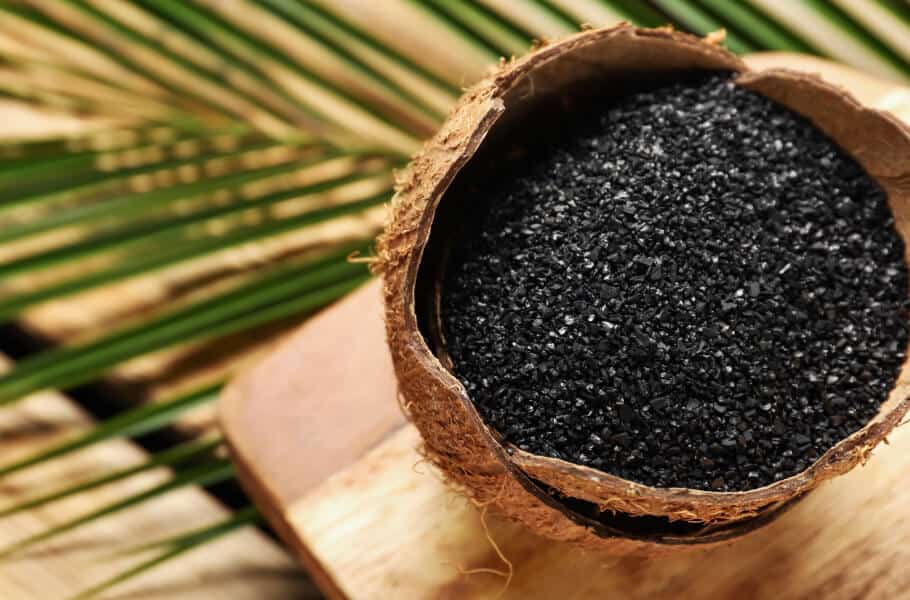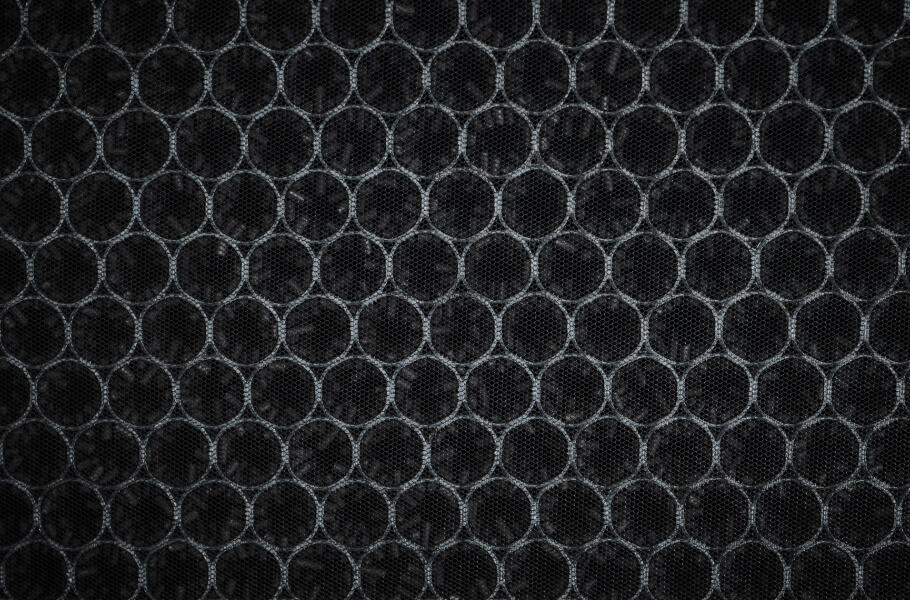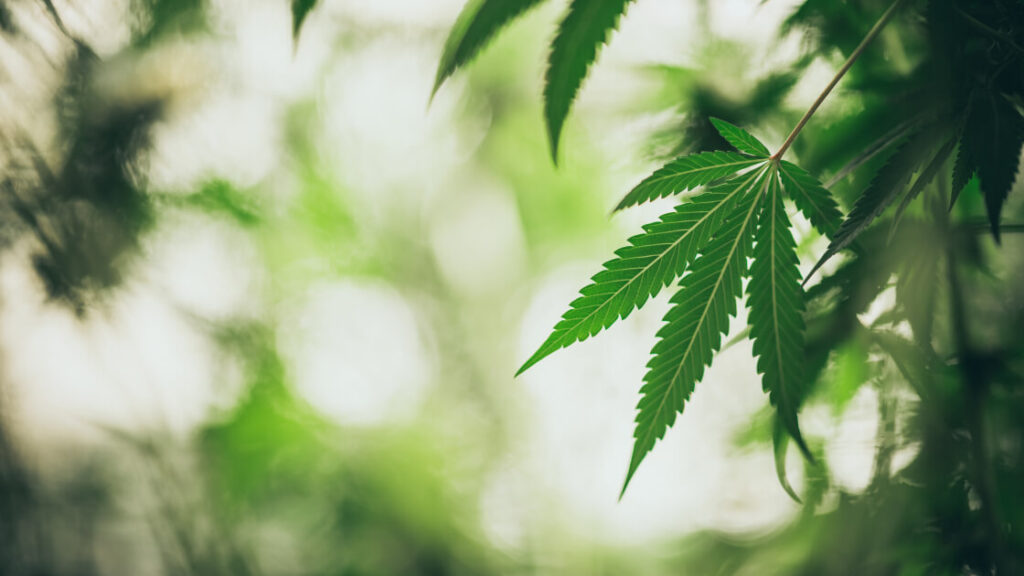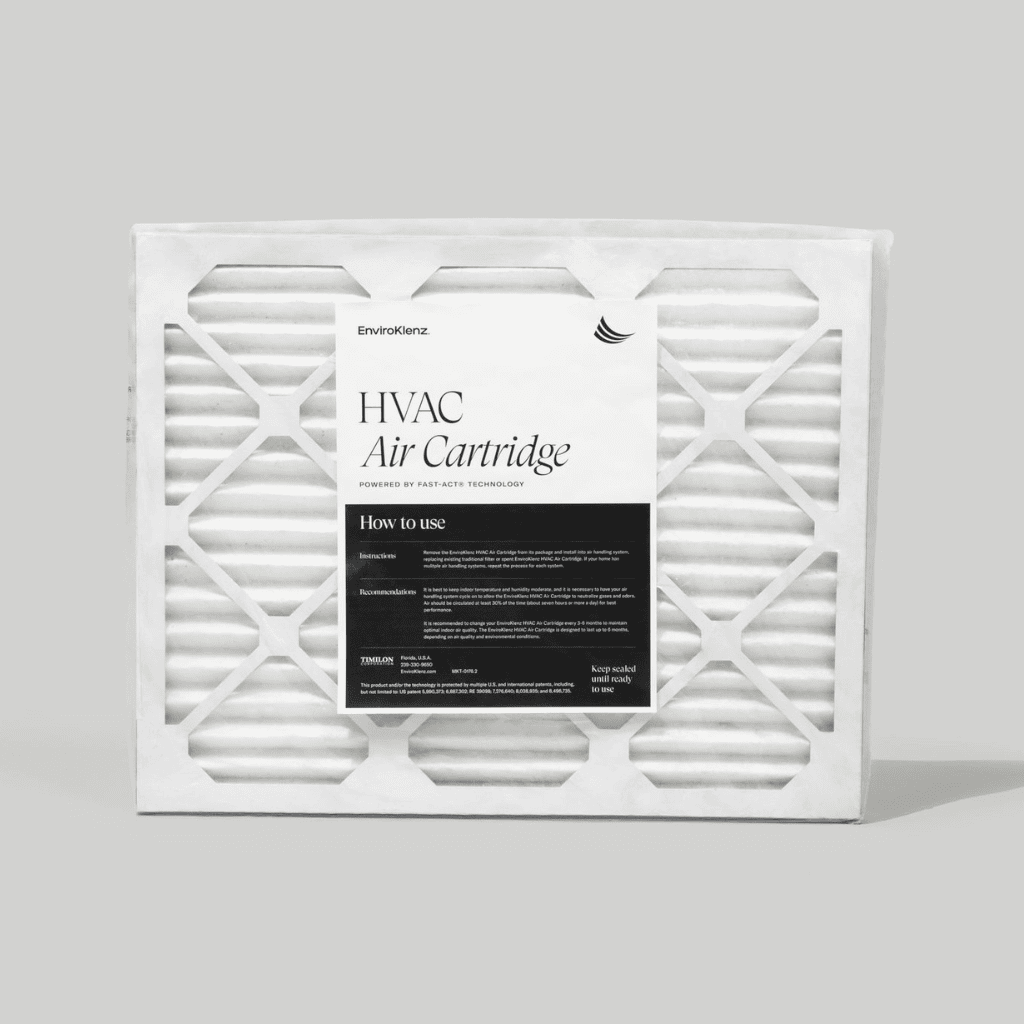The growing cannabis industry has taken off within the last few years, with more and more cannabis facilities being built throughout the United States. A total of 34 states have approved the use of medicinal marijuana and 11 states have approved the use of recreational marijuana – which has led to the development of new and innovative products for use throughout this industry. As cannabis cultivators and manufacturers continue the growth of their crops, issues have begun to arise especially in regard to odor control in those grow areas where there are large populations of people residing within a short distance of this cannabis cultivation site.
Many states that have legalized the use of medicinal and/or recreational marijuana have released Best Management Practices that outline the major issues these cultivation sites face in terms of legality – including the important issue of odor control. Often listed within these Best Management Practices for the cannabis industry, is the recommendation to utilize a technology called Carbon for odor removal and control within the indoor facility. However, is this Carbon technology the superior option when it comes to cannabis odor control within a cultivation grow room or house?
In this article we are going to discuss the carbon technology, how it works, how long it lasts, and what other odor control and air filter options are far more effective for the cannabis industry.
What is a Carbon Filter
Carbon air filters are among a list of technologies that have commonly been used within air purifiers and filters that can be placed in an air handling system including an air conditioner or furnace. Air purifier and filter technologies including ozone, ionizers, carbon, and activated carbon are a part of a group of technologies that all work through different mechanisms to try to clean the air of airborne contaminants that can be found within the indoor air. Carbon filters, unlike other air filter technologies, use a granular or powered carbon that has been treated to be extremely porous – allowing the carbon filters surface area to increase, capturing more pollutants on the media.
The main mechanism used in carbon filters is adsorption, a distinct process where organic compounds in the air react chemically with the carbon causing these pollutants to stick to the filter. Additionally, this activated carbon filter has been treated with oxygen in order to open up the pores of the carbon atoms allowing the intake of more pollutants onto the filter media – including odors in the air like cannabis odors. These types of filters may also contain some hazards as well, with some activated carbon filters being treated prior to use with potassium iodide or potassium permanganate that works to enhance carbons ability to capture VOCs and other airborne pollutants in the air, while ultimately using a chemical to treat a chemical in the indoor airspace.

How Do Carbon Filters Work
Did you know that activated carbon has a highly porous surface area of 200 to 2,000 square meters per gram? This treated carbon filter is widely used to capture odorous and/or colored substances from gases in the air. The adsorptive mechanism used in the carbon technology works by attaching chemicals on the material, trapping it on the surface of the carbon filter media. These chemicals adhere to the surface of the carbon and as the filter media continues to collect the contaminants the surface will become completely saturated and weighed down.
The carbon filter’s effectiveness will depend on a variety of factors including the amount of carbon used within the filter, the size of the filter, and how thick the carbon filter is that is implemented in the indoor environment. Typically, an average carbon air filter will contain about 5 pounds of carbon, which can fill up fairly quickly within an indoor environment that has a high level of contaminants in the air like a weed grow house or grow room.
Activated Charcoal for Odor Removal
Activated carbon, or charcoal is designed to remove those unwanted odors in the air by acting as an adsorbent which will trap the odor inside the activated carbon and hold it on the filter. There are a variety of airborne odors that can become adsorbed onto the carbon filter media, these odors include cooking, pet, new paint fumes, carpet, bathroom, restaurants, and even cannabis facilities that produce weed smoke odors in the air.
How Long Does a Carbon Filter Last
The lifespan of a filter is an important aspect to consider when selecting an air filter or air purifier technology to utilize when controlling odors in an indoor cannabis grow house or facility. Cannabis grow facilities are infiltrated with an array of different airborne pollutants that will taint the indoor air quality and lead to odor issues throughout the surrounding areas of this cultivation site. Researchers have long known that VOCs emitted by plants can contribute to smog and when these VOCs mix with nitrogen oxides it can create an even more hazardous pollutant in the air – ground-level ozone.
When these chemical VOCs are present in the airspace of the indoor environment it will travel throughout the air and will taint air quality while emitting an odor – like the VOCs terpenes that create that pungent marijuana odor in the air. The carbon air filters, when used in an environment like a cannabis facility will likely not consist of the longest lifespan due to the heavy levels of pollutants found in the air that the carbon filter must attach to its media surface. As the media surface of the carbon filter begins to fill with collected contaminants and odors, the filter will become completely full and saturated, which will result in the re-release of the collected contaminants on the filter back into the indoor air – this has been compared to that of a sponge.
How Often to Replace Carbon Filter in Grow Room
When carbon filters are installed into a cannabis grow room, these filters will continually work to collect odors onto the filter until the filter media is full. Once the carbon filter is too full to capture and remove toxins from the airspace the filter will begin to release pollutants from the carbon filter into the air. The lifespan of these carbon filters is often ambiguous and will often be hard to gage when it’s time to replace these filters, specifically when utilized in a cannabis grow facility. As we discussed earlier, the carbon technology is very often compared to that of a sponge, as they both collect materials through adsorption and once it reaches maximum capacity on the surface area it will begin to re-release these capture materials back into the environment. This process will occur with a carbon filter, it is however, a matter of when – it could be a week, a couple of weeks, a month, or even months. Sometimes even changes to temperature and humidity can cause the release of previously captured chemical compounds.
Everything to Know About a Carbon Air Filter for Grow Room
Cannabis grow rooms main struggles, aside from the cultivation process of their cannabis crops, is the control and mitigation of odors that are produced from the marijuana by the terpenes that are contained within this crop. Terpenes are the culprits behind that aromatic aroma of cannabis that fills the air of a grow house or cultivation site. Terpenes are secreted from the same glands that produce cannabinoids (THC and CBD) and they will emit this pungent oil into the air, leading to the strong odor of cannabis throughout the environment.
The production of terpenes within cannabis begins for adaptive purposes, in an effort to repel predators and lure pollinators to the crop. These strong-smelling oils development can be influenced by the climate, weather, age and maturity of the crop, fertilizers, soil type, and even the time of day. There are over 100 different types of terpenes that have been identified within the cannabis plant, and every strain will have a unique composition and odor that it produces into the environment. The containment of these terpene odors is often conducted through the use of carbon air filters throughout the cannabis grow house, room, and indoor cultivation site – these carbon filters can either be placed in a central air handling unit or in standalone air purifiers.

Carbon Filter for Weed Odor
When it comes to combating those strong-terpene odors that are produced from cannabis in the air of your grow facility and cultivation site, no other solution is offered more than carbon air filters for this cannabis odor mitigation and control. Carbon filters are highly effective at absorbing odors and gases in the air and containing them on the high surface area filter media of the carbon. This filter will collect these different odors swirling in the environment and attach the odors onto the filter which can help to combat the odors in the present time in a cannabis grow facility – which ultimately will be necessary to follow the strict odor control regulations that these facilities must uphold.
Although carbon air filters are proven to effectively collect odors from the air including cannabis odors, it also contains flaws that will leave the environment compromised overtime. Carbon filters will keep collecting odors, gases, and other pollutants on the filter media until the surface of the media fills up completely with no additional room left on this filter. Once the filter becomes completely full and submerged or even due to environmental changes before it is saturated, it will begin the process of re-releasing these collected odors and pollutants back into the air, re-contaminating the air once again and leave behind the odors that were collected into the airspace. When this process occurs in a cannabis grow house it will be significant and result in the buildup of odors produced from this facility.
Comparing Weed Smoke Filters for Weed Odor
The selection of a weed smoke filter for an indoor cannabis grow house or cultivation facility is a necessary and important decision that will ultimately aid in the mitigation and removal of terpene/cannabis odors from the indoor environment that has the potential to spread into the surrounding environments near the facility. Although carbon air filters are an effective odor mitigation filter, it is unable to neutralize these odors on the filter and rather it is simply retained in the pore space of the filter. Instead of using a filter that is unable to neutralize and break down the odors completely, find one that easily accomplishes this odor removal on the filter.
The EnviroKlenz technology is a revolutionary, non-invasive, odor elimination process that can rapidly restore an odor-compromised property such as a cannabis grow house or room. The EnviroKlenz process is the scientifically and field proven choice for the safe, rapid, convenient, and cost-effective restoration of indoor spaces from noxious odors and other toxic vapors in the air. The composition of the EnviroKlenz technology in the EnviroKlenz HVAC Filter and EnviroKlenz UV Air Purifier favorably interact with the diverse chemicals found in the smoke and residuals of cannabis growing in a cultivation facility. When the chemical composition and odors of cannabis interact with the EnviroKlenz technology on the filter it will not only contain the odors like carbon air filters do, but it also chemically interact and breaks down a wide variety of chemical compounds without releasing any harmful pollutants or chemicals back into the environment.









